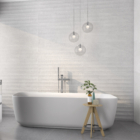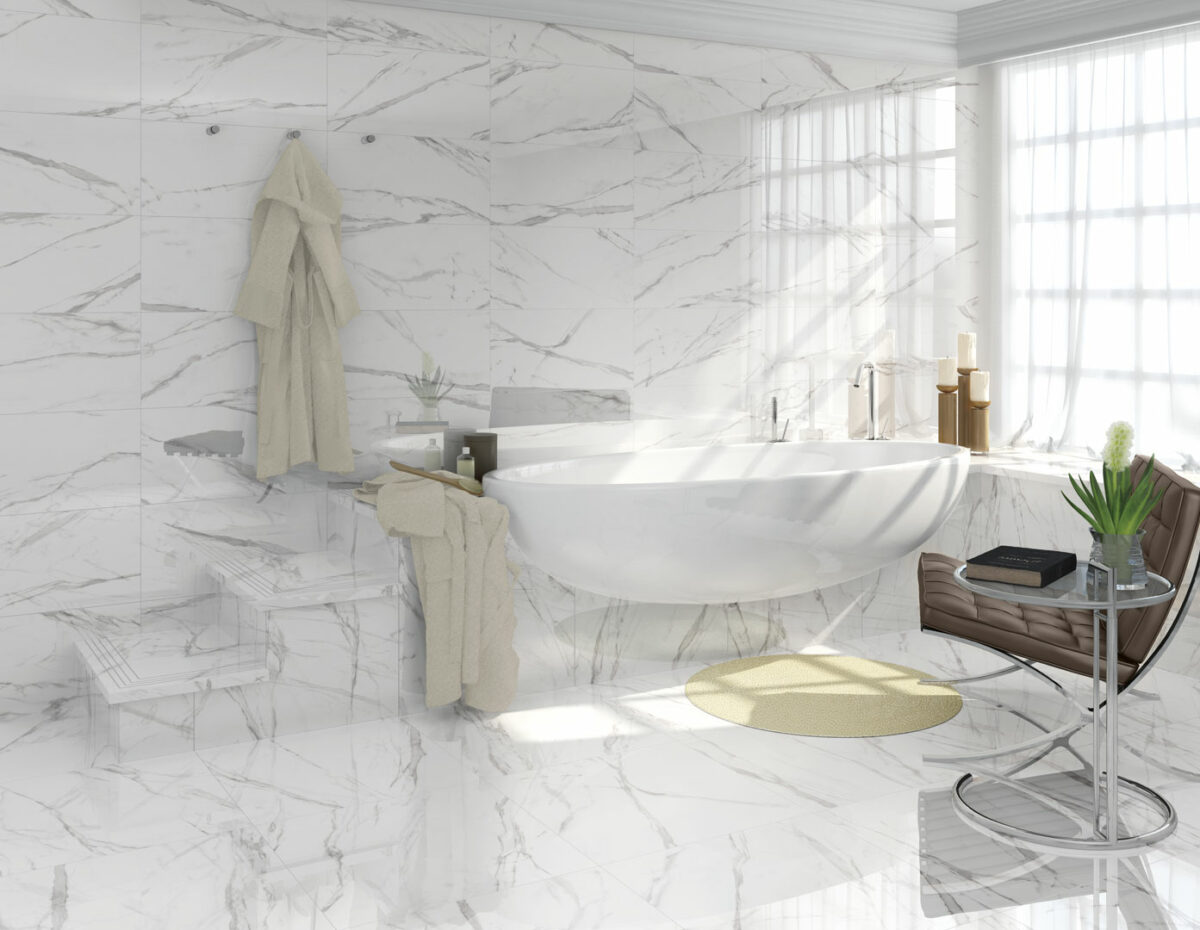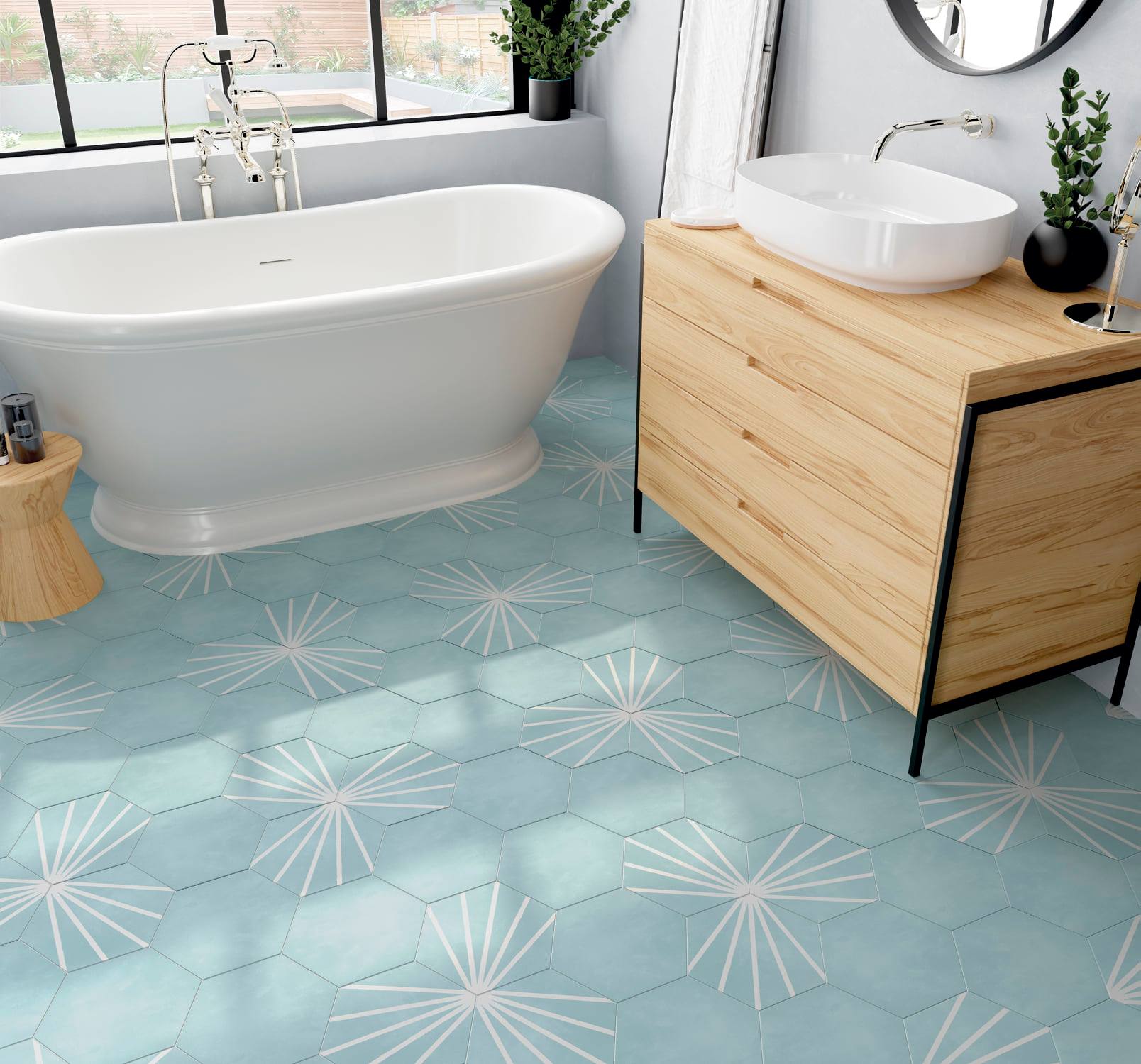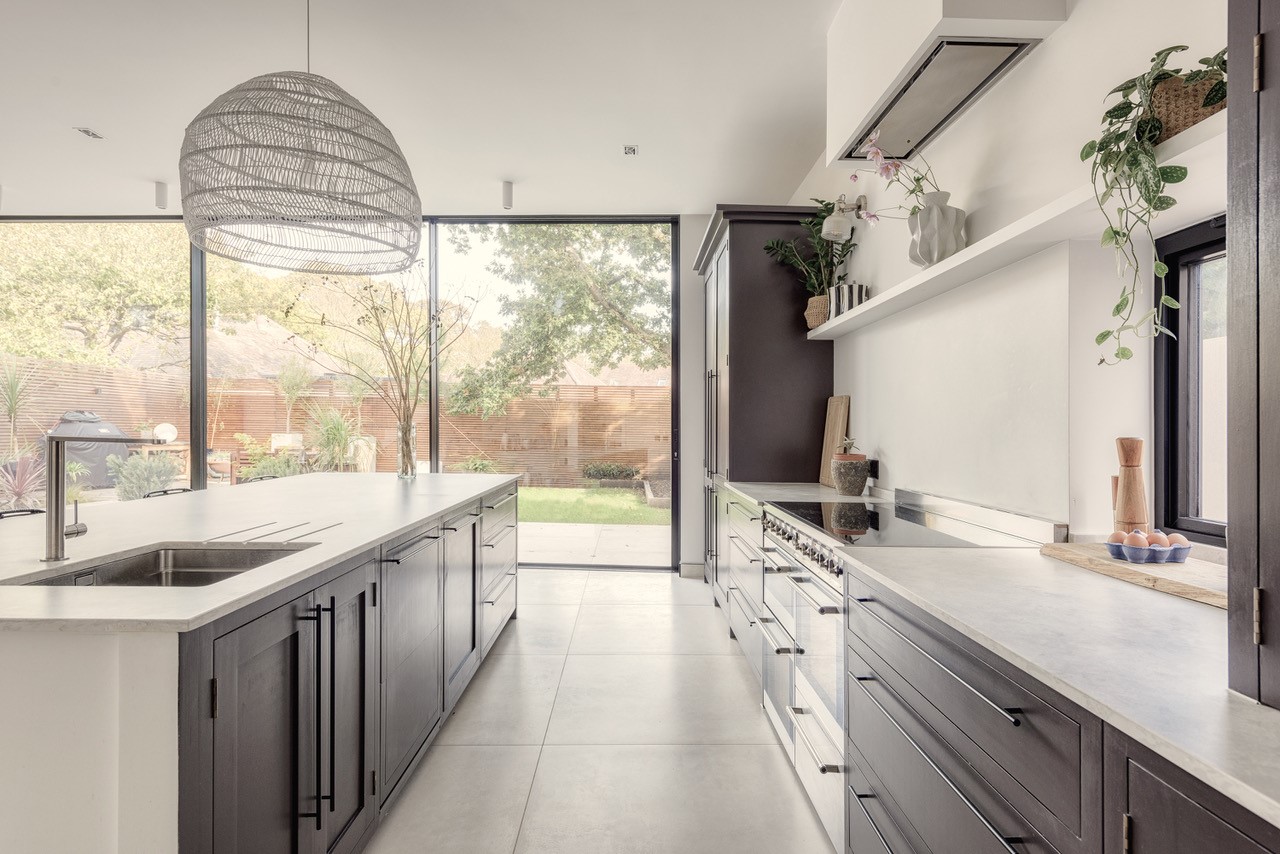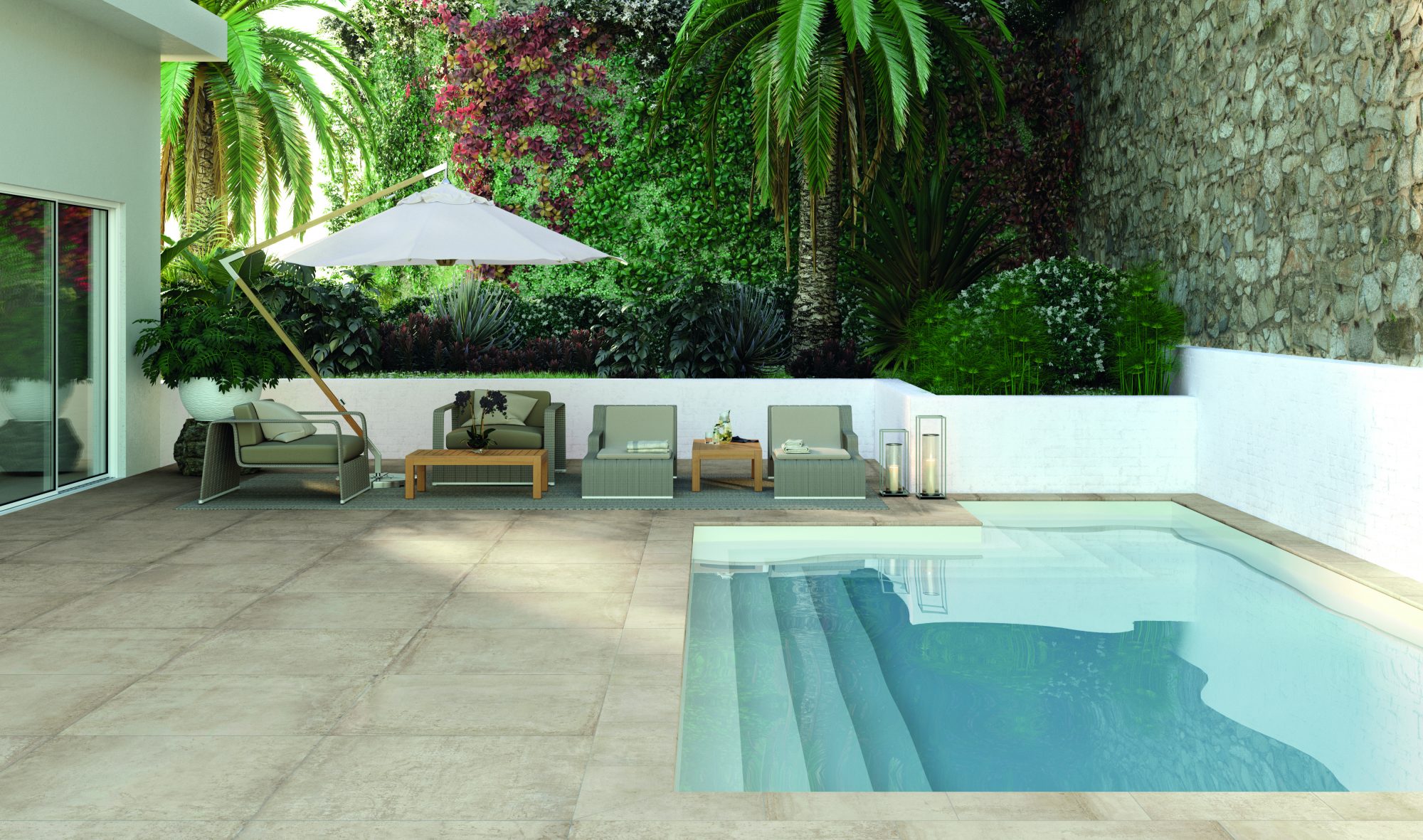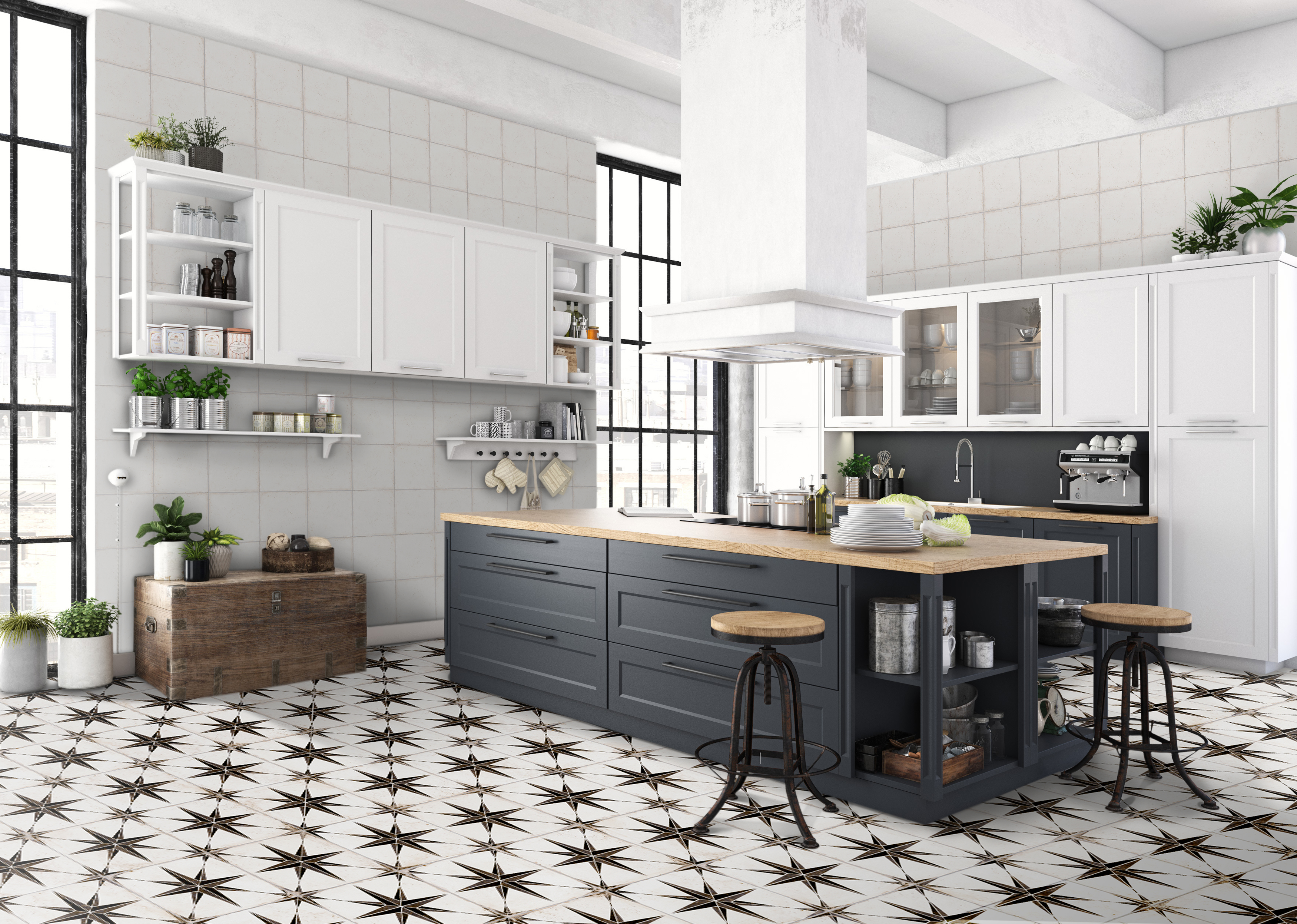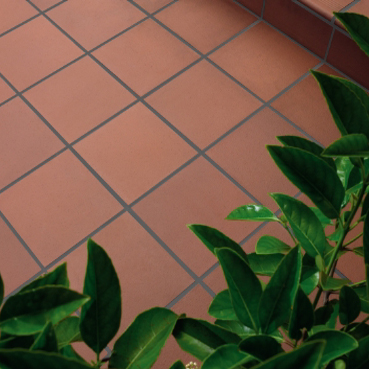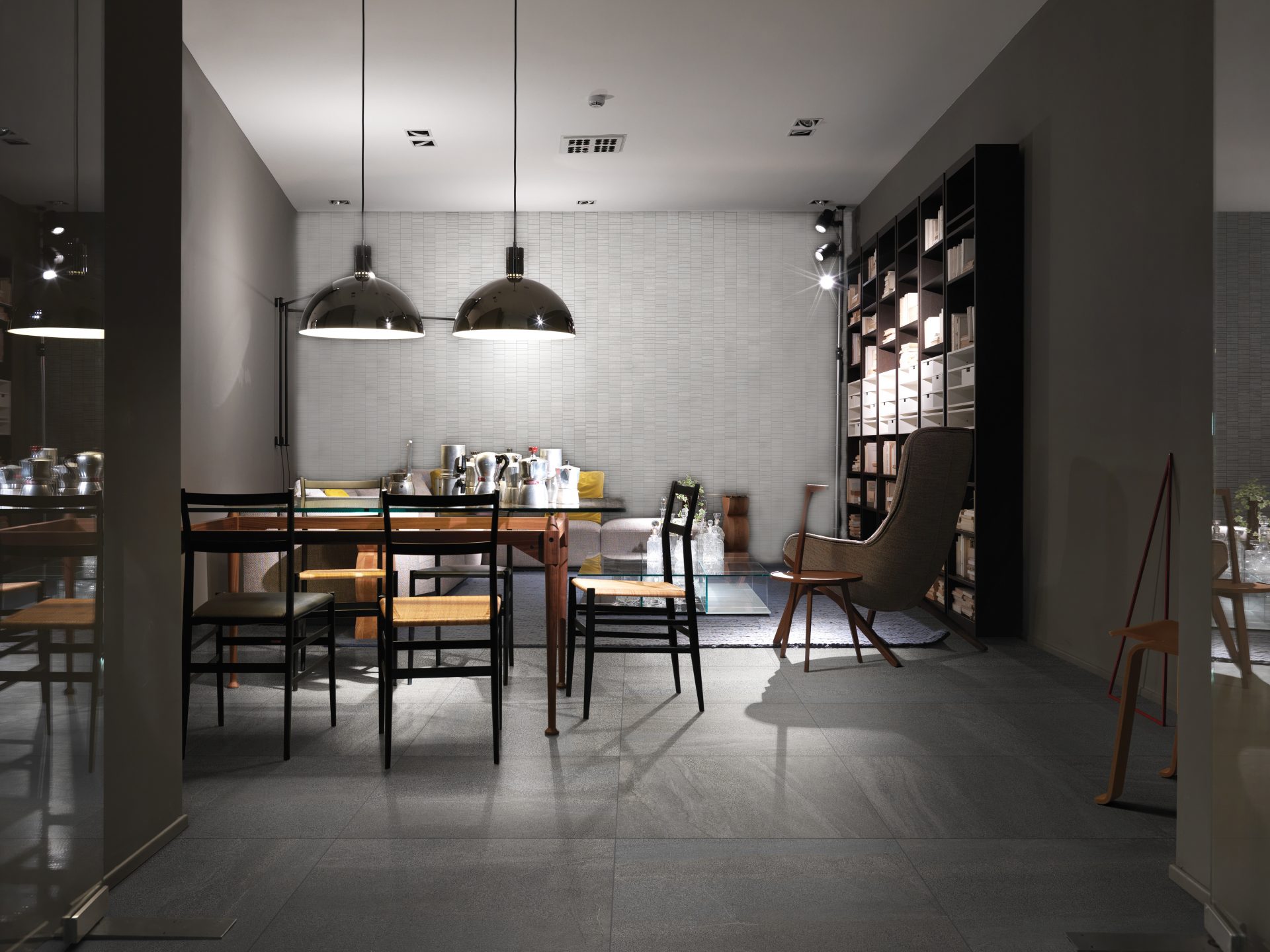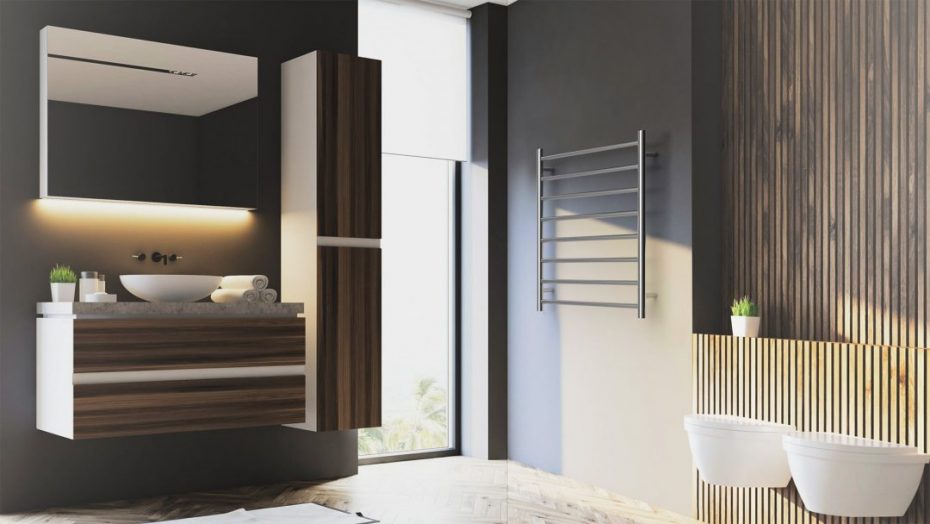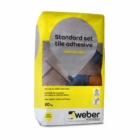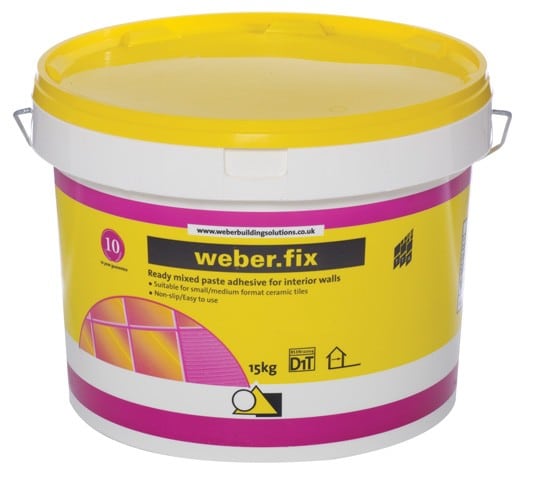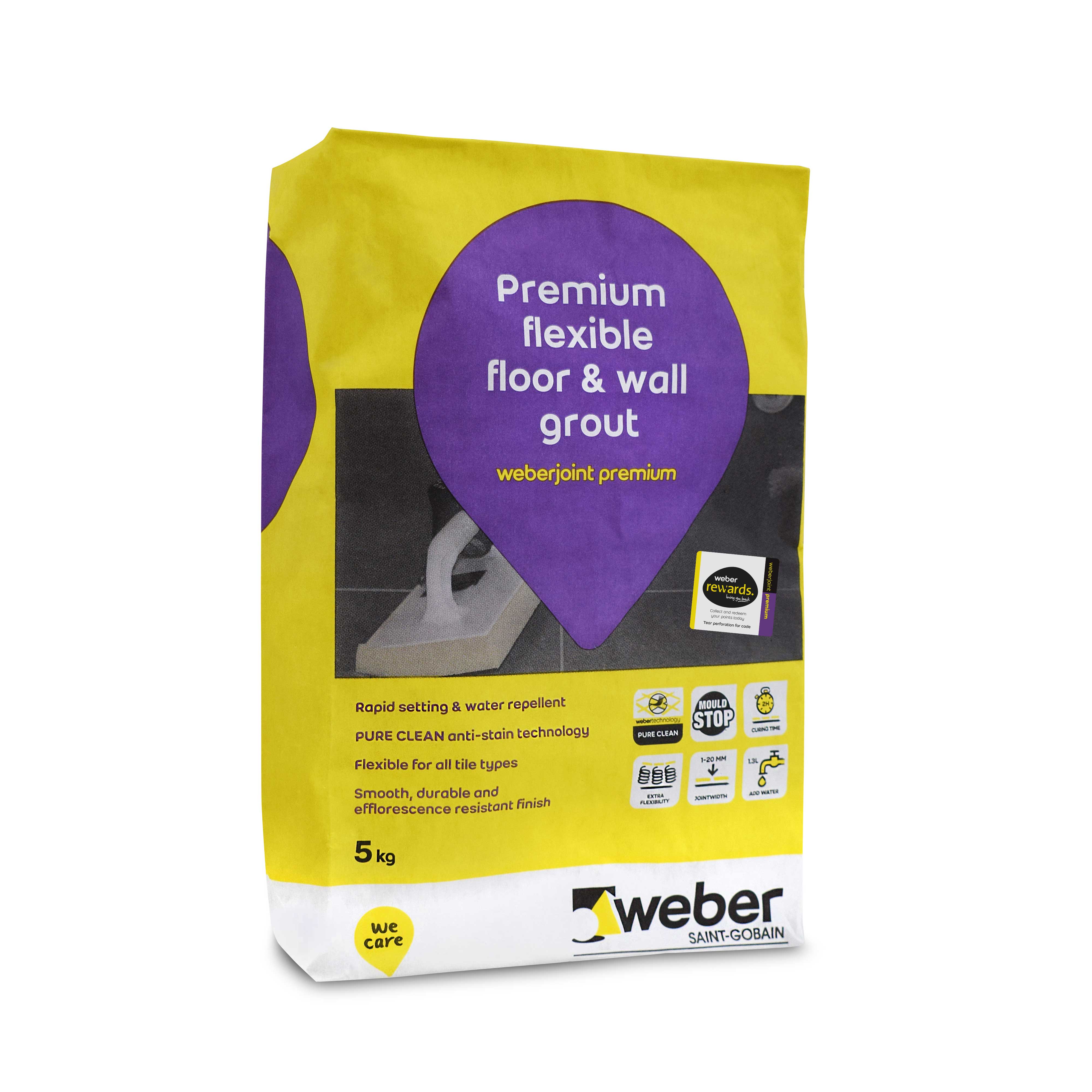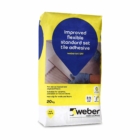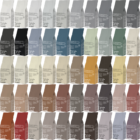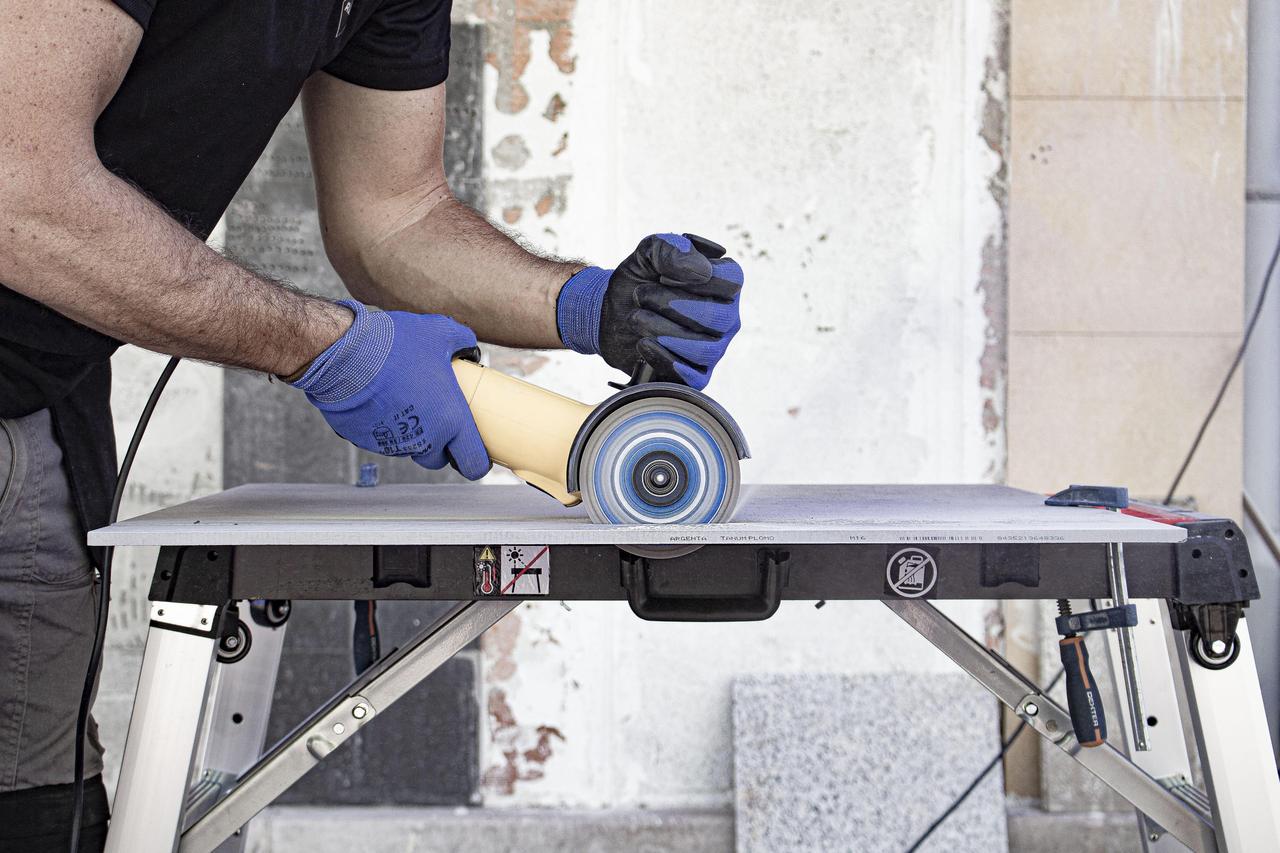Tile to Wood Floor Transition Ideas – 11 Clever Ways to
Combine Different Flooring Types
Choosing tiles for your floor can be one of the trickiest decisions you make for your home. It can be even harder if you’ve got a large, open-plan space, or multi-functional rooms that might require different flooring.
Wood is one of the most beautiful and durable flooring surfaces but it’s not always the most practical option, especially in a kitchen, bathroom or hallway, where it’ll come into regular contact with water, splashes and spills. In this case, using tiles for part of the room is an excellent idea.
Transitional floors also work well with tile and laminate. Laminate has taken the flooring world by storm with increasingly realistic surfaces leading to a boom in LVT (luxury vinyl flooring) sales. Laminate is often a more affordable option than real wood and it’s extremely easy to fit.
Keep reading to learn more about transitional floors, how you can create them and discover clever ways to design this super practical flooring solution.
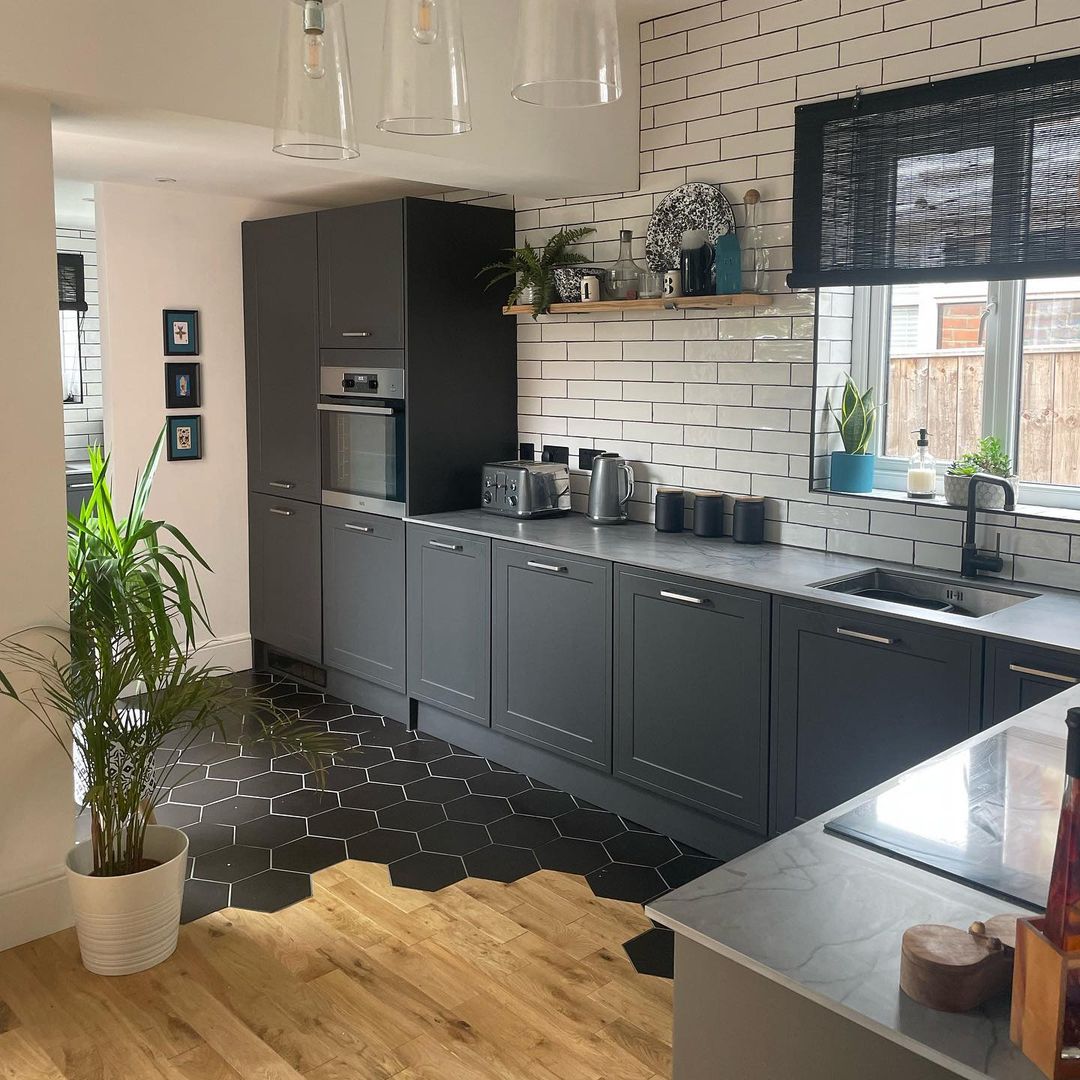
Recreate This Look: Ava Nero Plain
Recreate This Look: Naturae Wood Effect Willow
What is a transitional floor?
A transitional floor combines two different flooring types in the same room. Usually wood and tile, or laminate and tile, transitional floors are popular in areas like kitchens and bathrooms where a durable surface is preferred. They also work well in large, open-plan spaces where you can use different flooring materials to create separate zones.
Different flooring materials don’t have to be separated by a stark line. There are many ways to soften the transition between the surfaces. You can gradually blend the different floor surfaces together, you can play around with diagonal or curved lines, or make cuts to match the edge of the tiles which works especially well with hexagonal or rectangular tiles.
Creating a transitional floor may not be the easiest job to undertake, but the results can be phenomenal.
How do I tile a transitional floor?
Tiling a transitional floor is possible for a novice DIY-er, you’ll just need to make sure you’ve got the right tools for the job.
It’s much easier to lay a transitional floor from scratch, but if you’ve inherited a wooden floor and want to add a practical tiled area, or delineate part of a room, you’ll need to take up some of the wooden floor planks or laminate to lay the tiles.
It’s always a good idea to dry lay the tiles first, so you can see exactly what they’ll look like before they’re stuck down, and you can make any changes easily. If you’re laying hexagonal tiles. You’ll probably want to leave the edges intact, in which case, you’ll cut the wood to fit the tiles, rather than the other way around.
If you want the floors to blend seamlessly, you’ll need to make sure that the floor surfaces are level. You can achieve this with the help of anti-fracture tile mats which come in a range of thicknesses.
Tile to wood floor transition ideas
Whether you’re laying a new floor from scratch or want to add tiles to an existing wood or laminate floor, scroll through our pick of the most attractive and innovative transitional flooring ideas:
Hexagonal tiles to wooden planks
Hexagonal tiles are one of the most popular for use in transitional floors. Their shape makes them perfect for slotting next to existing floors and, because the tiles are often left intact, rather than cut to a straight edge, they can be laid in a range of different designs.
The below image shows how well transitional floors can work in a bathroom, providing protection to the floor around the bath and shower area and leaving the beauty and warmth of wood to shine through in the rest of the room.

Recreate This Look: Ava Blanco
Recreate This Look: Naturae Wood Effect Willow
Herringbone tiles to wooden planks
The herringbone tile pattern is one of the most attractive and popular designs for wooden and tiled floors alike.
The designers of this kitchen wanted to make the tile look like it was flowing into the wooden floor whilst also creating a clear division between different areas of the kitchen.
Transitional floors work brilliantly in large and open-plan kitchen areas, helping to define spaces and, of course, providing a practical and attractive design solution.
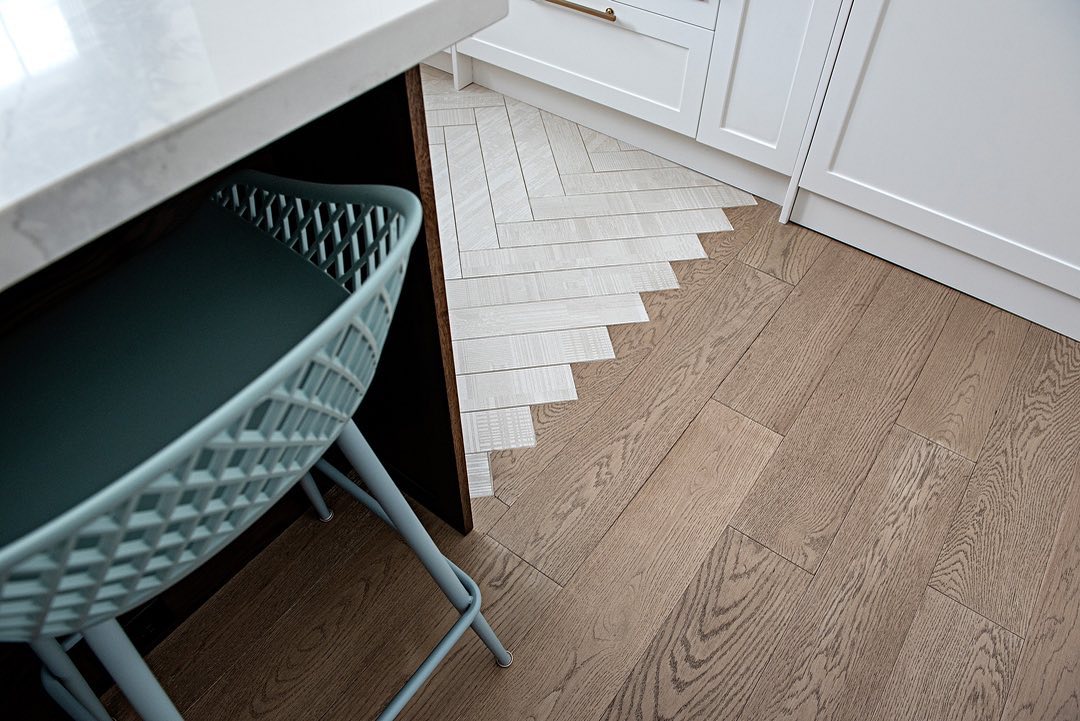
Recreate This Look: Rio Blanco
Recreate This Look: Naturae Wood Effect Willow
Standard edging strip
The easiest way to create a transition between different flooring materials is to with a straight edge. You can use metal edging strips, tile strips or wood to create the border between the tiles and wood or laminate. This is the easiest solution if the floor surfaces are uneven.

Recreate This Look: Damask Series White & Black
Hexagon tile to wood floor transition
As we’ve mentioned, hexagonal tiles are an excellent and practical addition to a kitchen or bathroom floor. If you love the look and feel of a wooden floor but would like the added reassurance of waterproof, durable flooring in areas that will come into contact with water and spills, tiled areas are a savvy choice.
Although it’s not easy to seamlessly slot hexagonal tiles into a wooden floor, the results are well worth the effort.

Recreate This Look: Ava Nero Plain
Recreate This Look: Woodland Dark
Marble and wood bathroom planks
Having researched and looked at literally thousands of tiled floors, this has to be one of the most beautiful floors I’ve seen. The gradual transition between the tiled surfaces has been expertly handled, creating a work of art that perfectly delineates the bathing space in this open-plan home.
Using the same-sized planks is an excellent way to link different floor surfaces and you can easily cut porcelain or stone tiles to the same size as wooden flooring planks.
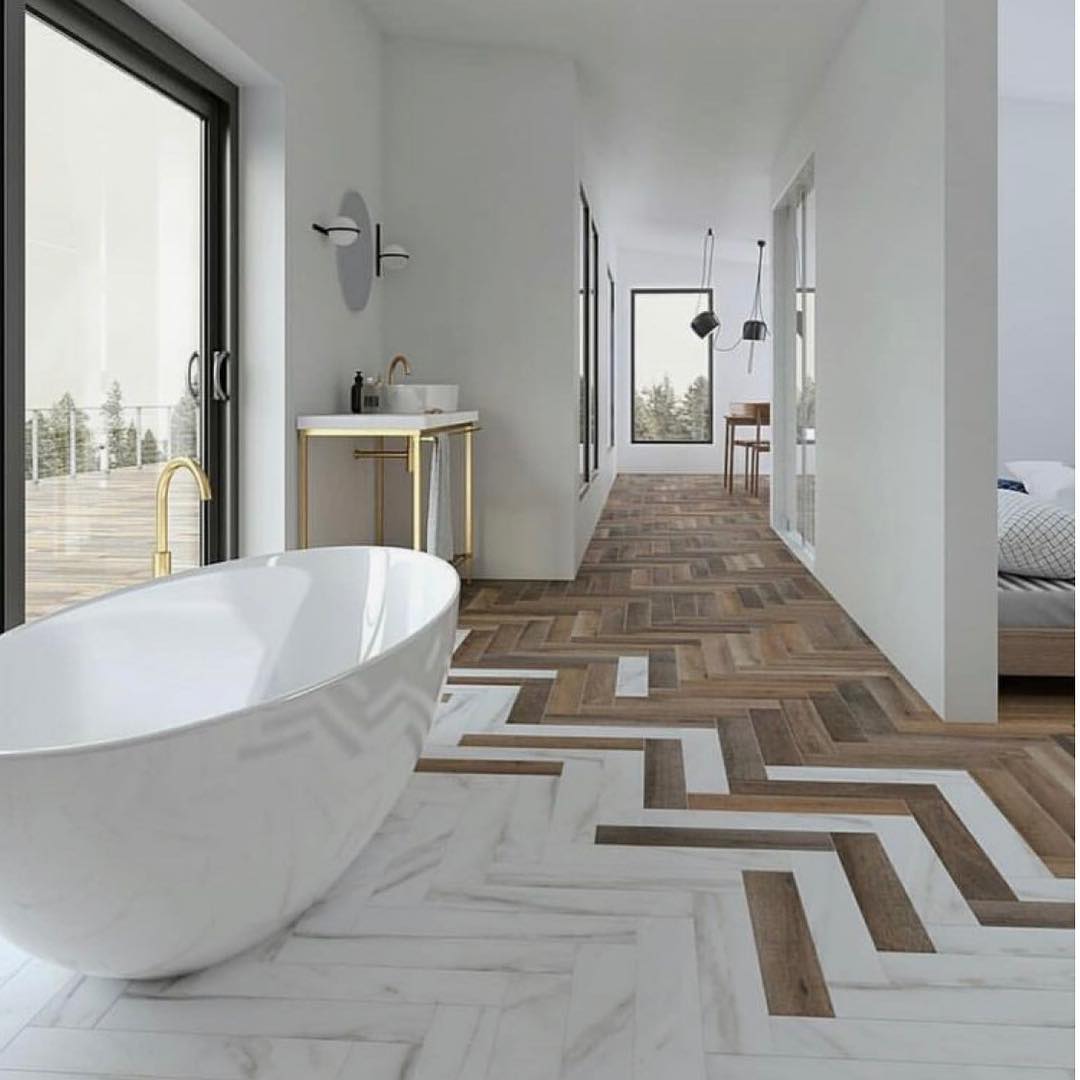
Recreate This Look: Woodland Dark
Hallway tile to wood floor transition
If you love the idea of a wooden floor in your hallway but aren’t a fan of bulky doormats, installing a tiled entryway is the perfect solution.
Easy to clean, waterproof and resistant to scratches and stains, porcelain tiles are an ideal flooring surface that will slot beautifully into existing floor planks or can easily be laid at the same time as new wooden or laminate flooring planks.

Recreate This Look: Ava Blanco Plain
Recreate This Look: Woodland Dark
Parquet flooring tile transition
Whether you have inherited an original parquet floor, or want to install a modern one in your home, it’s a perfect design for combining with tiles. Square floor tiles will fit perfectly with the herringbone parquet flooring layout and this is a great solution if you want to introduce a more practical flooring surface into a period home, without taking up all of the original floor.
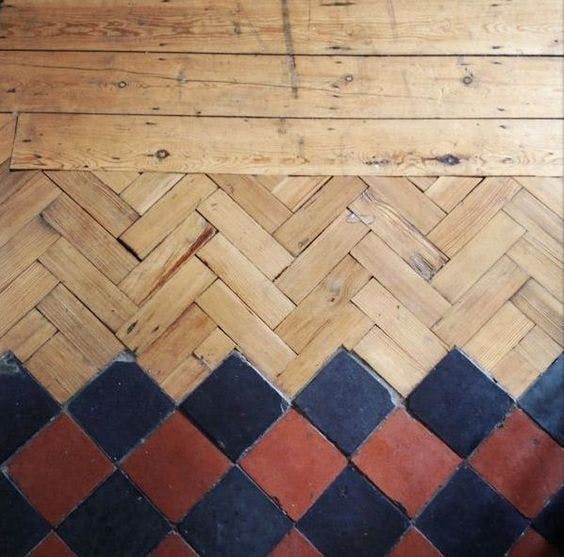
Diamond tile and chevron floor plank transition
Get creative with your wood to tile floor transition and pick smaller mosaic tiles that can flow into the adjacent flooring surface.
Diamond mosaic tiles are a great choice, allowing you to gradually blend the different floor textures and avoid a straight join line

Recreate This Look: Woodland Dark
Basketweave tile and wood transitional floor
Basketweave floor tiles are a popular and elegant flooring choice. Often made from marble, they create an attractive interlocking pattern. Basketweave isn’t the easiest tiling pattern to slot next to a wooden or laminate floor, but with patience and skill, it’s definitely doable.
Tiled doormat
Simple and effective, a tiled doormat will protect wooden floors from dirt and moisture and they’re arguably much more attractive than a doormat.
You can choose to cut the edges of the tiles straight, or, if you’re using tiles that aren’t square or rectangular, keep the edges as they are for a less defined, but no less practical finish.
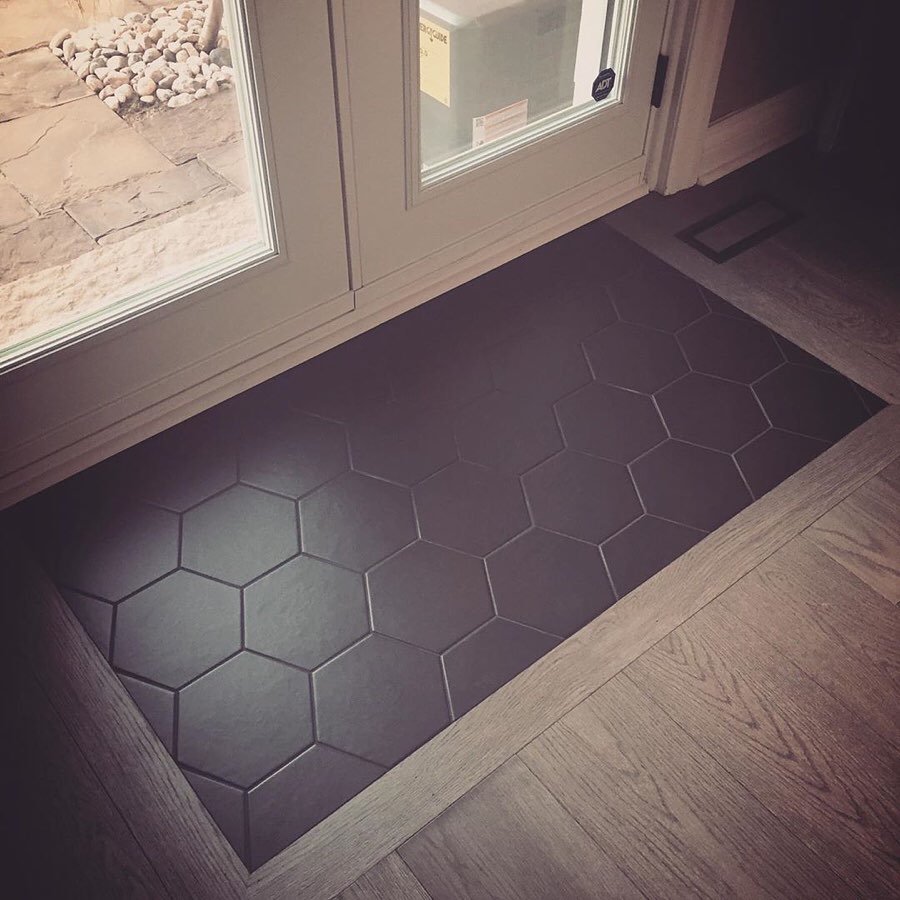
Recreate This Look: Ava Nero Plain
Recreate This Look: Woodland Light
Mermaid tiles to wooden floor transition
If you’re feeling adventurous (and are nifty with a jigsaw) fitting mermaid tiles next to your wooden floor will create a breathtakingly beautiful feature.
Fitting curved tiles next to wooden planks isn’t as daunting as it seems, you can simply dry lay the tiles on top of the existing floor planks and carefully mark around the edges to help you get the perfect fit.
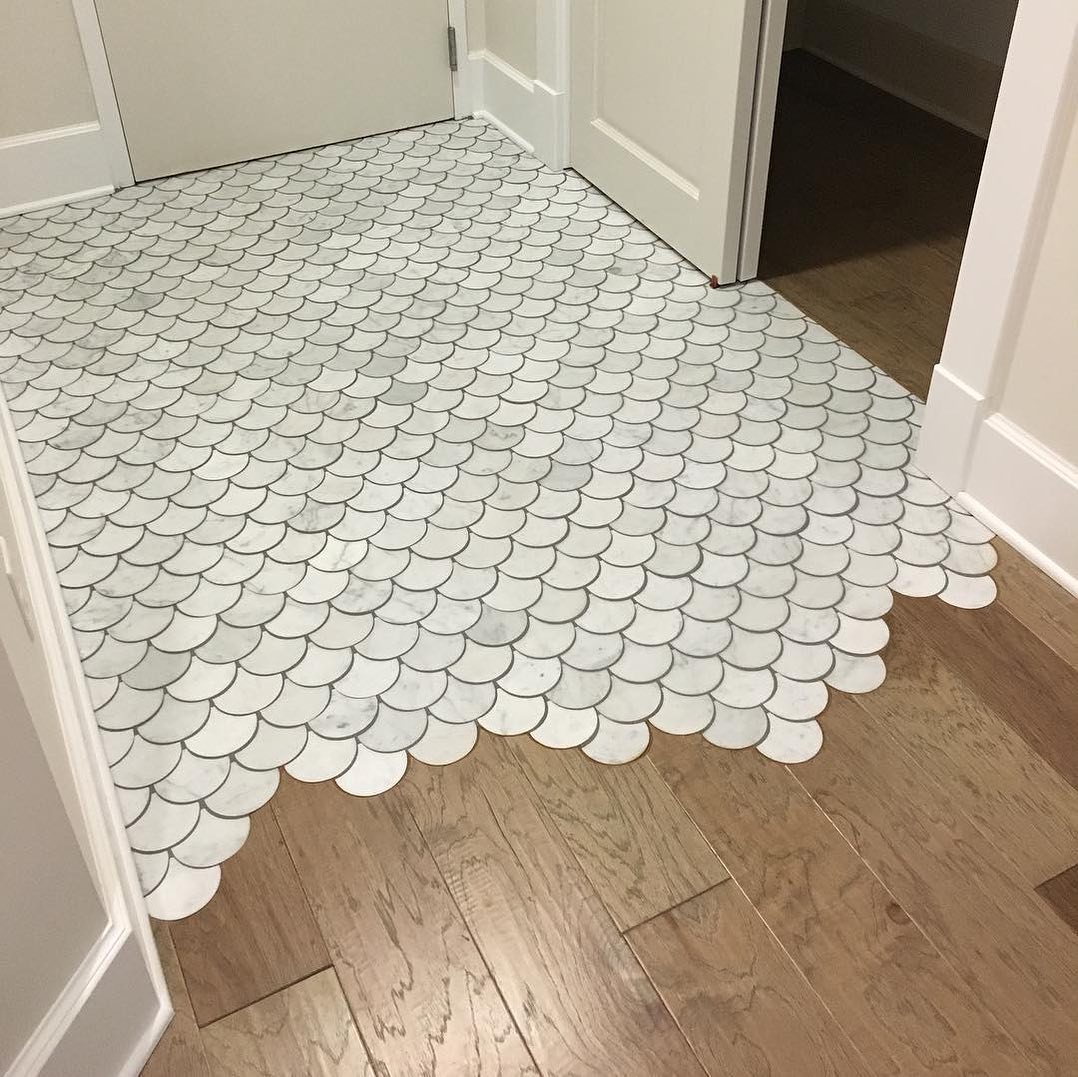
Recreate This Look: Mermaid Rice
Whether you’re looking for the perfect tiles to fit next to an existing floor, or starting from scratch, Atlas Ceramics has an excellent selection of tiles to blend into wood or laminate. Browse our selection yourself or call one of our experts for advice.


